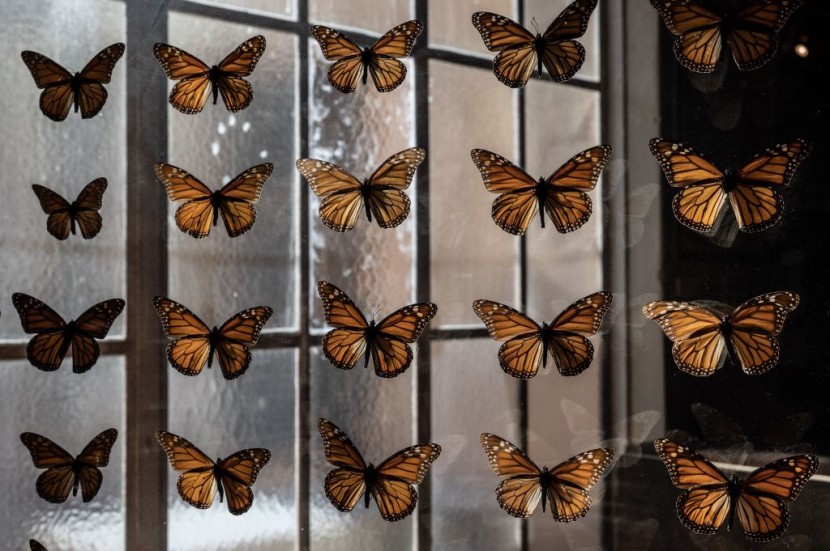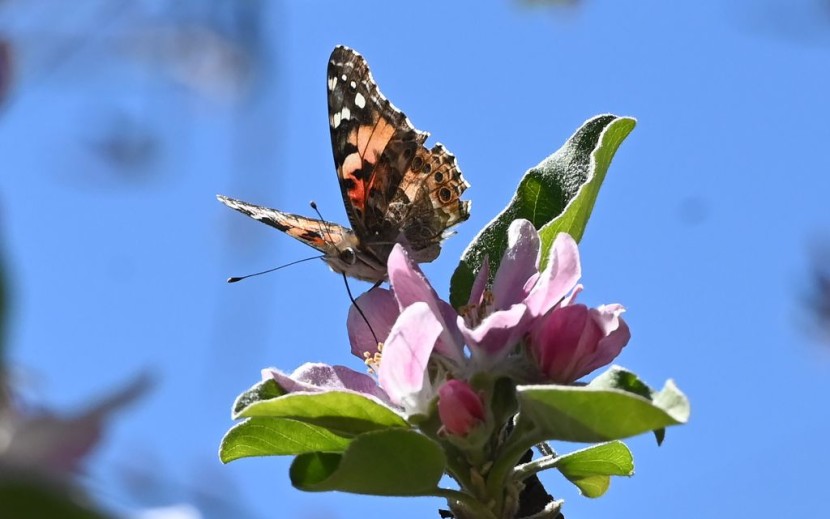The U.S. government is collecting dead butterflies. This may seem unusual for some Americans, but there's a reason why these specimens are needed.
If you have one at your house, then you can help the United States Geological Survey in its pilot study.
US Government is Collecting Dead Butterflies

According to the New York Times's latest report, USGS is asking for dead butterflies from residents in the following states:
- Kansas
- Oklahoma
- Georgia
- Alamaba
- Texas
The environmental government agency is collecting dead butterflies, moths, as well as skippers, to help scientists find out why fluttering insects in the country are declining.
The collected specimens will be compiled to establish the Lepidoptera Research Collection.
This national storehouse of butterflies, moths, and other Lepidoptera species will be located in Kansas.
Scientists will rely on these specimens to check for contaminants and other environmental factors contributing to the population decline of the insects.
How to Send Dead Butterflies to USGS

Via its official website, USGS explained the steps Americans can follow to send their dead butterflies.
If you want are willing to help, here are the requirements of the environmental agency:
- Butterflies and other fluttering insects must be dead and not collected alive.
- Specimens should be larger than two inches.
- Check if the specimen is under the U.S. Fish & Wildlife Endangered Species Act or is listed under endangered or threatened species under the State Law. If yes, USGS will not accept it.
Once all the requirements above are met, you can follow these steps to send the dead fluttering insects to USGS:
- Use a resealable plastic bag to secure the dead butterflies, moths, or skippers.
- Freeze the sealed specimens three days before shipping to aid in preservation.
- After that, place the specimens in an envelope with proper postage. You can either mail it via USPS or deliver the dead insects personally. Here's the address: USGS LRC, 1217 Biltmore Drive, Lawrence, KS 66049.
If you want to learn more about the LRC initiative of USGS, you can click here.
© 2025 HNGN, All rights reserved. Do not reproduce without permission.








